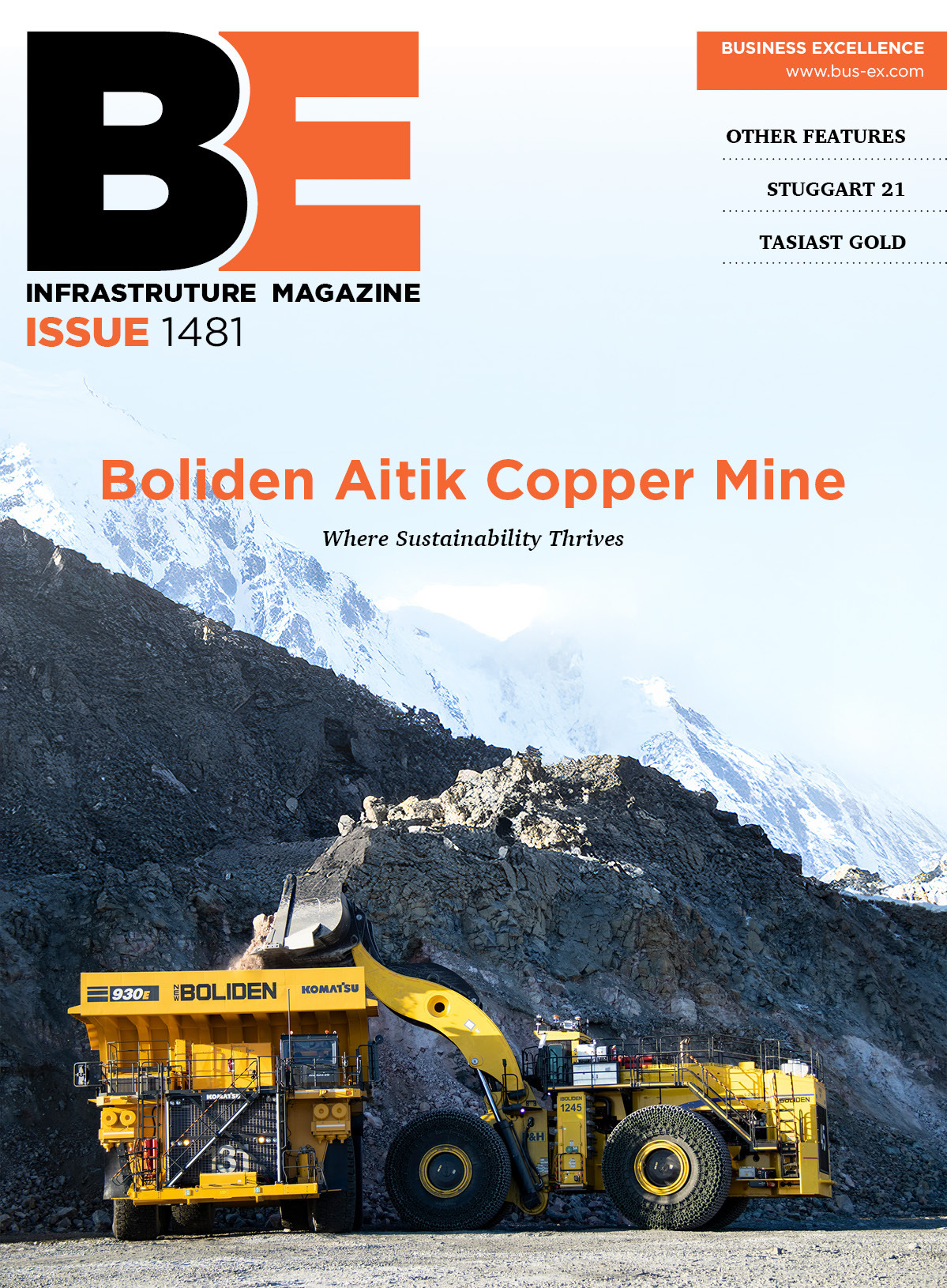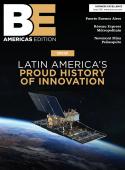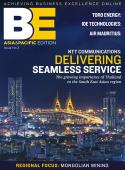10 Things a CEO in the Mining Sector Needs to Know About AI
1. AI Is the New Competitive Frontier
Sam Altman’s message: Embrace AI now or risk being left behind. The mining industry may have been slow to change, but the writing is on the wall – AI is a disruptive force accelerating across every major operation. It’s nearly impossible to envision a large-scale mine today without AI-driven tech embedded in the value chain. Top competitors are already leveraging AI for an edge: Rio Tinto’s pioneering Mine of the Future program, for example, deployed autonomous trucks and drills that boosted efficiency and eliminated human error on-site. In short, AI is becoming as fundamental to mining success as geology or engineering – CEOs must treat it as a strategic imperative, not a optional experiment.
2. Automation Turbocharges Efficiency and Productivity
Automation powered by AI isn’t just about robots – it’s about supercharging productivity. Self-driving haul trucks, smart drills, and AI-optimized processing plants can dramatically lower costs and increase output. BHP’s Escondida mine, for instance, used Microsoft’s AI solutions to improve its copper recovery process, squeezing more metal out of existing operations. Rio Tinto reports its autonomous haul trucks each operated 700 more hours per year with 15% lower unit costs compared to manned trucks – a massive efficiency gain. From the pit to the port, AI systems can analyze mountains of data in real time and adjust operations for optimal throughput. The result is leaner, faster, more productive mining operations that outpace those relying on traditional methods.
3. AI Elevates Safety and Risk Management
A Komatsu autonomous haul truck at a Rio Tinto mine. Autonomous trucks eliminate human driving error and have led to zero driver injuries over years of operation, illustrating how AI reduces frontline risks.
Nothing is more important to a mining CEO than workforce safety and risk control. AI technologies can dramatically improve mine safety by removing people from hazardous tasks and by predicting risks before they turn into incidents. Rio Tinto’s autonomous haul trucks have operated for over a decade with zero injuries attributed to truck operations, a testament to eliminating human error on dangerous haul roads. Likewise, BHP introduced AI-powered caps that monitor truck drivers’ brainwaves for fatigue, and since rollout in 2022 the company has recorded zero microsleep-related haulage accidents. Beyond preventing accidents, AI-driven predictive maintenance is helping companies anticipate equipment failures before they happen, avoiding catastrophic breakdowns and unplanned downtime. In essence, AI acts as a 24/7 guardian – foreseeing problems, alerting staff, and even intervening autonomously – making mining operations safer and more resilient.
4. Sustainability and ESG Gains Through AI
AI can be a powerful ally in meeting Environmental, Social, and Governance (ESG) commitments. Today’s mining CEOs face intense pressure to cut emissions, reduce waste, and improve worker safety – and AI is rising to the challenge. Advanced algorithms optimize energy usage and throughput, directly shrinking the carbon footprint of operations. At BHP’s Escondida copper mine, for example, AI-driven process optimizations saved over 3 billion liters of water and 118 GWh of electricity in just two years – a clear win for sustainability and the bottom line. Machine learning is also guiding more precise drilling and exploration, so miners disturb less land to find the same resources. BHP’s alliance with Ivanhoe Electric uses ML algorithms to pinpoint mineral deposits over 1.5 km deep, minimizing unnecessary drilling and preserving surrounding ecosystems. By deploying AI for everything from emissions monitoring to tailings management, mining leaders can turn ESG obligations into strategic advantages – delivering cleaner, more responsible operations that satisfy regulators, communities, and climate-conscious investors.
5. Data-Driven Decision Making and Forecasting
In an AI-enabled mine, data becomes a strategic asset guiding executive decisions. Modern AI systems can digest geological data, market signals, and operational metrics far faster than any team of analysts, providing leaders with real-time insights and forecasts. Sam Altman would urge mining CEOs to leverage these AI insights for smarter decision-making – from predicting commodity demand swings to optimizing supply chain logistics. Companies like BHP are already embedding AI into their decision processes; BHP notes that data analytics and machine learning now inform everything from equipment maintenance schedules to ore processing strategies. Some miners use AI-driven simulations (digital twins) of mines and processing plants to test “what-if” scenarios in hours rather than weeks. The strategic payoff is significant: AI-powered forecasting helps executives confidently allocate capital, schedule production to meet market windows, and hedge risks in a volatile global market. In short, AI gives mining leaders a sharper lens on the future – those who use it make better calls, faster.
6. Robust AI Governance and Ethics Are Non-Negotiable
Deploying AI at scale brings not just opportunities but serious responsibilities. Governance of AI – the policies, oversight, and ethical guardrails – must be on the CEO’s agenda from day one. Sam Altman has been vocal that with powerful AI comes the duty to use it responsibly. Mining companies need to ensure their AI systems are secure, transparent, and bias-free. This means investing in cybersecurity (AI will be processing sensitive operational and geological data), complying with emerging AI regulations, and auditing algorithms for any unintended discrimination or safety hazards. Industry experts note that trust is a major hurdle for AI in mining – engineers may be hesitant to rely on “black box” models in a high-stakes environment. To build trust, forward-looking CEOs are implementing human-in-the-loop controls, where AI provides recommendations but humans make final critical decisions. Additionally, clear ethical guidelines can preempt concerns about AI-related job displacement or community impact. Bottom line: treat your AI systems as you would any senior manager – demand accountability, transparency, and alignment with your company’s values. With proper AI governance in place, the mining sector can become not only more efficient, but also safer and cleaner
7. Cultivate an AI-Savvy Workforce and Culture
AI transformation isn’t just a tech upgrade – it’s a cultural shift. As Sam Altman would emphasize, success with AI depends on people as much as algorithms. Mining CEOs must champion an AI-ready culture: upskilling current employees, attracting new tech talent, and reorganizing teams to blend domain expertise with data science. This may involve training frontline engineers in data analytics, hiring machine learning experts, and empowering cross-functional “AI task forces.” Such investments are necessary – companies should expect to spend resources on training the workforce and providing ongoing technical support as AI systems roll out. BHP’s recent success in discovering new copper deposits showcases the fusion of human and AI skills: their geologists coupled machine learning insights with on-ground expertise to strike new ore bodies in Australia and the U.S.. The lesson is clear: when miners understand and trust the AI tools at their disposal, innovation soars. CEOs should lead by example here – talk about AI in every town hall, reward teams who experiment with AI solutions, and dispel fears by showing how AI makes work more interesting, not less. A workforce that sees AI as a partner will drive transformation from the ground up.
8. Forge Strategic Tech Partnerships
Even the world’s largest mining companies can’t go it alone in AI. Winning in this arena often means partnering with technology leaders and startups to co-develop solutions. “We succeed through partnerships” could be a mantra here. Sam Altman might point out that collaboration accelerates learning – it’s no coincidence that BHP teamed up with Microsoft to deploy AI at Escondida (improving mineral recovery) and with Ivanhoe Electric to apply machine learning in deep exploration. These alliances bring in outside expertise, from cloud computing to specialized algorithms, while sharing the risk and reward. Likewise, Rio Tinto worked with Caterpillar to automate haulage trucks and drills in its Pilbara operations, marrying mining know-how with OEM tech innovation. Some miners are also investing in AI startups (for example, backing exploration startups like KoBold Metals, which raised over $500 million to use AI in minerals discovery). The takeaway for CEOs: identify where you need a capability boost – whether in AI modeling, IoT sensors, or advanced robotics – and build partnerships there. These relationships can be win-win, giving miners early access to cutting-edge tech and giving tech firms a proving ground in one of the world’s most challenging industrial environments. In the age of AI, your ecosystem matters as much as your equipment.
9. AI Across the Entire Mining Value Chain
AI isn’t confined to just one part of mining – it spans end-to-end, and CEOs should envision a fully digital value chain. From exploration to mineral processing to sales, AI can unlock value at each stepbhp.com. On the front end, machine learning algorithms comb through geological data to find new ore deposits faster and more accurately than traditional methods, as seen when Goldcorp (now part of Newmont) used IBM’s Watson AI to identify gold targets that human geologists missed. In operations, AI optimizes extraction – adjusting drilling and blasting based on real-time data to maximize ore yield. Processing plants use AI to monitor throughput and quality; for example, AI systems at concentrators can tweak grinding and flotation settings on the fly to improve metal recovery rates. Logistics and supply chains are also getting smarter – routing trains and ships more efficiently and predicting maintenance for rail lines or port equipment. Even customer-facing areas like sales and trading benefit, with AI models forecasting commodity prices and demand patterns. Sam Altman’s advice here is to think big-picture: don’t treat AI as a siloed experiment in one department. Instead, weave it through your entire business. The top mining companies are doing just that – BHP notes that AI and data analytics are now improving everything from ore quality management to customer delivery in its operations. This holistic approach ensures that gains in one area (like exploration success) flow seamlessly into the next (efficient production), compounding the competitive advantage.
10. Lead Boldly in the AI Era
At the end of the day, AI adoption in mining is a leadership challenge. Sam Altman underscores that the pace of AI advancement is exponential – waiting is not an option. He predicts an acceleration in AI development in the coming years, on the way to potential superintelligent systems within the next decade. For mining CEOs, this means setting a bold vision and staying ahead of the curve. Make AI a boardroom priority, carve out budget for pilot projects, and be willing to disrupt your own legacy practices before someone else does. This leadership also means balancing optimism with prudence: champion AI’s potential to outperform human capabilities, but also insist on risk assessments and ethical use (as discussed above). Remember that pressures are mounting – from the drive for profits and efficiency to the demands of decarbonization and safety – and AI is a big part of the solution. As CEO, your endorsement and understanding of AI will set the tone for the entire organization. Those mining leaders who lean into AI, learn its ins and outs, and guide their companies through the transformation will define the next era of mining. In Sam Altman’s view, the future belongs to the brave and the curious – so lead with conviction, and your company will thrive in the age of AI.









